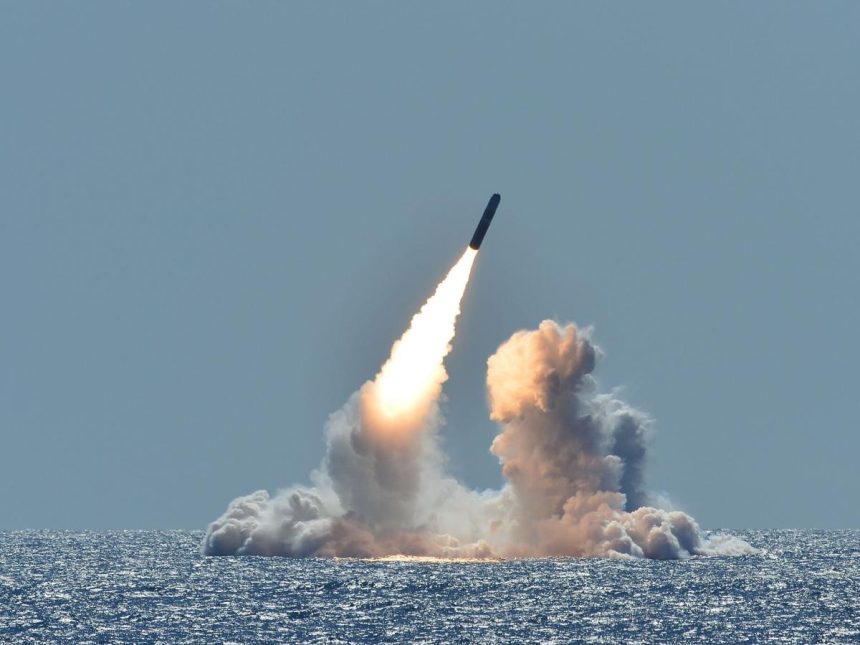New research from the Stockholm International Peace Research Institute (SIPRI) reveals that China is expanding its nuclear arsenal faster than any other nation—a shift that is reshaping the global strategic balance.
Rapid Growth of China’s Stockpile
- At least 600 warheads: China has upgraded its arsenal to approximately 600 nuclear warheads.
- Adding ~100 annually: Since 2023, China has been increasing its nuclear stockpile by about 100 warheads each year—the fastest observed growth rate globally.
- Trajectory to parity: If this expansion continues, China could reach 1,500 warheads by 2035, nearing the number of ready-to-use arsenals in the U.S. and Russia.
Strategic Infrastructure Expansion
- ICBM silo construction: Hundreds of intercontinental ballistic missile silos are being built across northern and eastern China.
- Modernizing delivery systems: China is rapidly developing a full nuclear triad—land-based ICBMs, submarine-launched ballistic missiles, and air-delivered weapons—marking a qualitative shift from its minimalist deterrent posture.
Implications for Global Security
- End of post–Cold War reductions: With China’s build-up and modernization programs underway, the long-held trend of global nuclear stockpile reduction has stalled or even reversed.
- Accelerated arms race risk: SIPRI warns that this rapid expansion threatens to spark a new, more dangerous era of nuclear competition—compounded by technologies like AI, cyber threats, and fading arms-control regimes like New START.
What China Says
Beijing maintains it upholds a minimum deterrence policy with a “no-first-use” stance, asserting that its arsenal size remains self-defensive and not part of any arms race. Foreign Ministry spokesman Guo Jiakun noted China will continue to safeguard its “legitimate security interests,” but declined further comment.
Broader Nuclear Trends
- Global stockpile breakdown: Roughly 12,241 warheads exist worldwide, with the U.S. and Russia accounting for nearly 90%. China’s 600 warheads are still smaller in total size—but rapidly catching up.
- Other nuclear states: India has modestly expanded its stockpile and advanced delivery systems; Pakistan remains steady; meanwhile, North Korea and others continue nuclear developments.
What Comes Next
- Stalled arms control: With the New START treaty nearing expiration in 2026, there is little momentum for new limits—raising risks of an unchecked nuclear build-up.
- Escalation challenges: Faster decision-making tools like AI may reduce response times in crises—and increase chances of accidental launches.
- Need for renewed diplomacy: Experts stress urgent global action: new arms-control frameworks, dialogue, and strategic communication are essential to prevent strategic instability.
China’s unprecedented nuclear expansion signals a transformative moment in international security. With nuclear parity on the horizon and global control dynamics shifting, the window for stabilization through diplomacy and arms control is rapidly closing.










